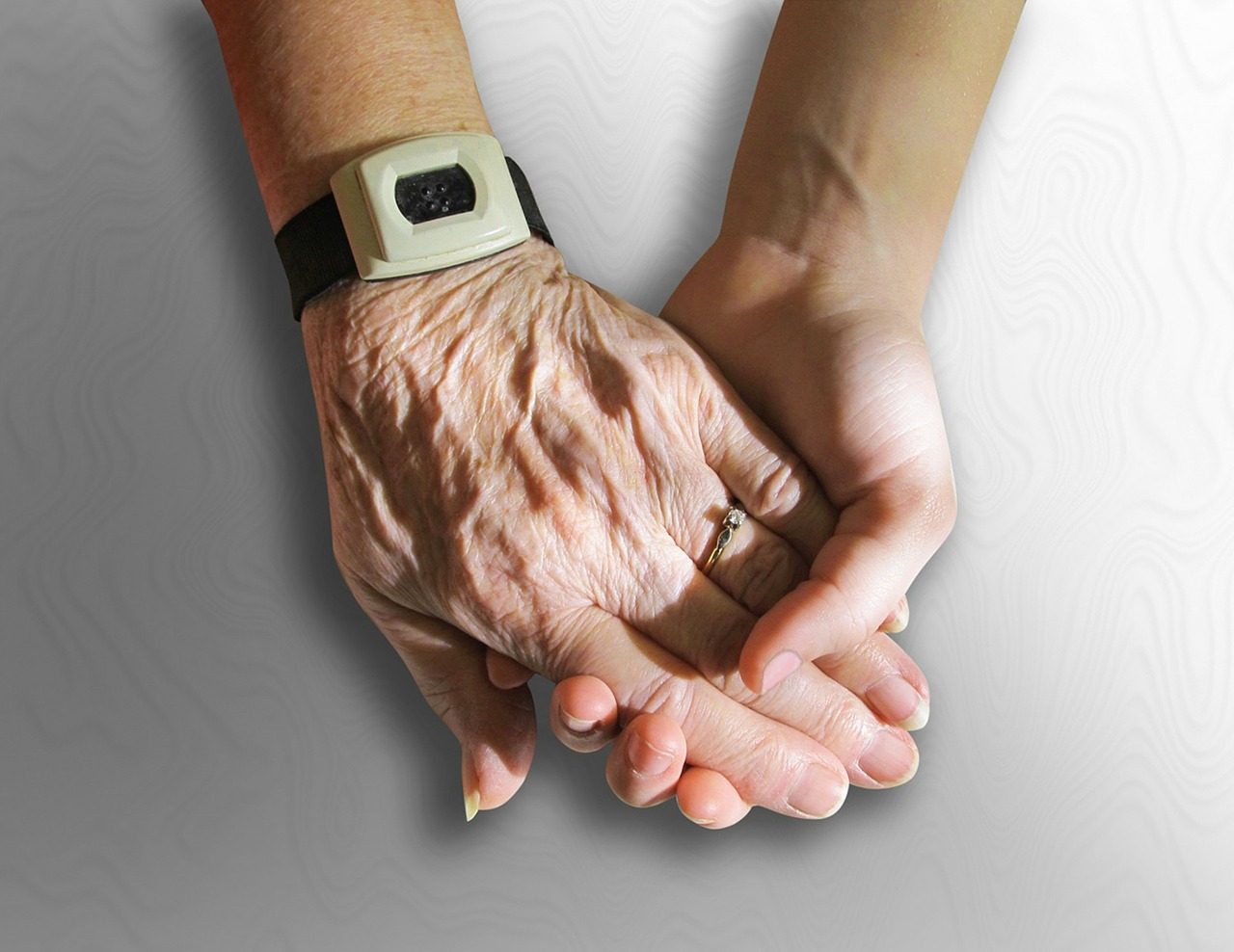
VC’s are stepping up investment in home care
The home care industry is taking off. We see it every day with the applications that our clients are developing. And if we wanted more evidence, we had to look no further than a recent article in Forbes on how prominent venture capital firms invested more than $200M in this industry during 2016, focusing on companies creating online tools and services aimed at home care.
Because home care is labor intensive and doesn’t scale all that well, it’s somewhat unexpected that VC’s are so interested in it.
However, home care does have a couple attributes that venture capitalists and startup entrepreneurs love. It’s a huge growth market and one that has to date seen relatively minimal technological disruption.
Three companies consumed the lion’s share of funding:
Clearcare offers an all-in-one home care platform for agencies. Its suite covers client acquisition, caregiver management, care delivery, and agency operations. To date, they’ve gotten $76M in investment, including an August round of $60M, from brand name investors: Battery Ventures, McKesson Ventures, and Bessemer Venture Partners. Care.com provides online platform for finding caregivers, and for finding caregiver jobs, in a range of service areas: elder care, home care, child care, pet care. So far, they’ve attracted $157M in funding – most recently $46M this past June - from Google, IVP, and NEA. Honor rounds out the top three. Their June 2016 round of $42M from Thrive Capital and Andreessen Horowitz is helping the company expand their business - an online service that connects those looking for home care to caregivers - beyond its initial base in San Francisco and Los Angeles.
Other home care companies that received capital infusions in 2016 include:
- Hometeam (in-home care for older adults)
- Seniorlink (caregiver services and elder care support)
- Caremerge (care coordination and communication software for senior communities)
- Kindly Care (apps for arranging and managing care)
- Envoy (concierge service for elders)
What’s so exciting about all of these companies is their use of technology to help ensure that elders can stay in their homes, without sacrificing on the care that they need. What’s so exciting from the investment community’s perspective is the demographics:
While gray hair may be underrepresented in the startup community, it’s clear the U.S. and industrialized nations in general are getting older fast. By 2030, more than 20 percent of U.S. residents are projected to be aged 65 and over, up from about 14 percent today.
And these elders have expressed a strong interest in staying put. According to the AARP Public Policy Institute, a full 89 percent of Americans (50 and over) want to stay in their homes as long as it’s possible. Technology will enable them to do just that. And, increasingly, the smart money is recognizing that.

